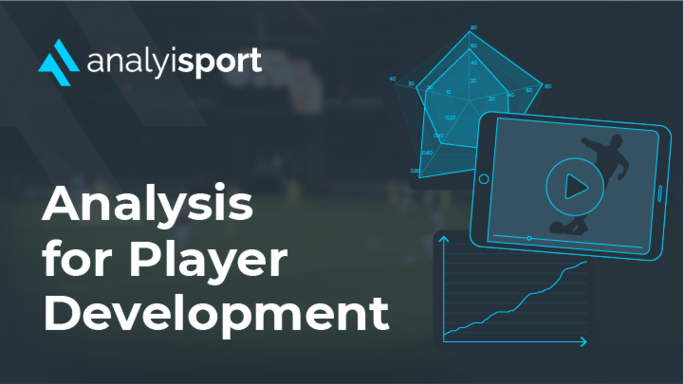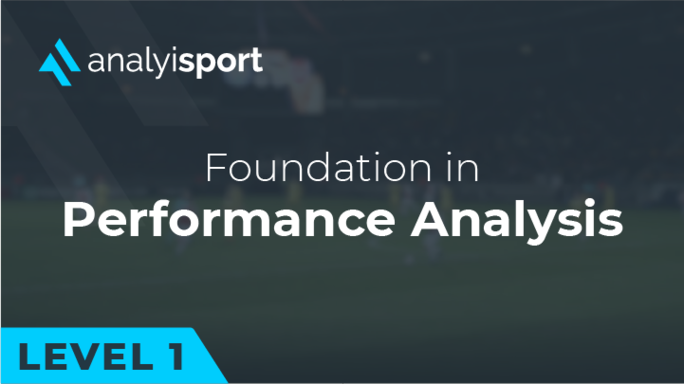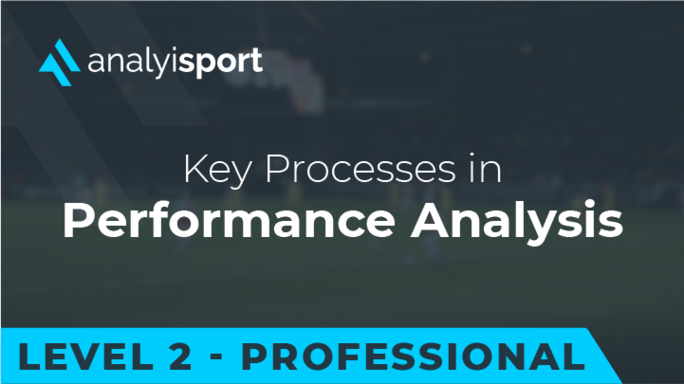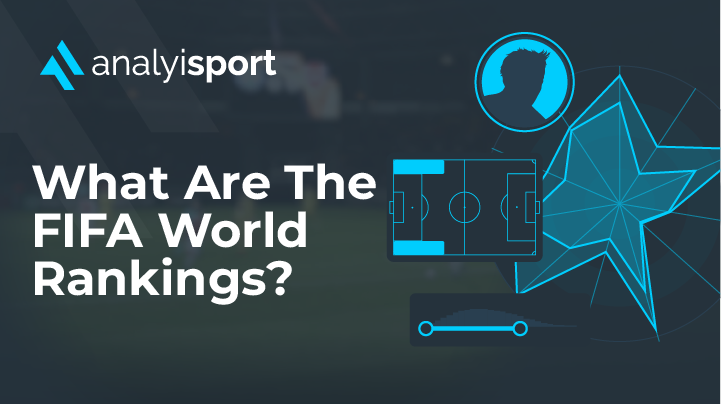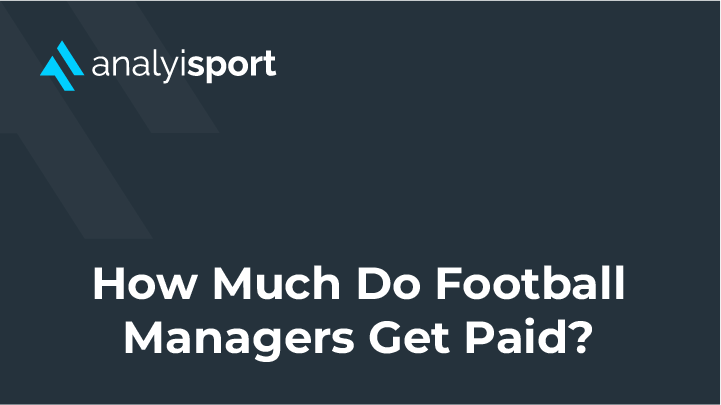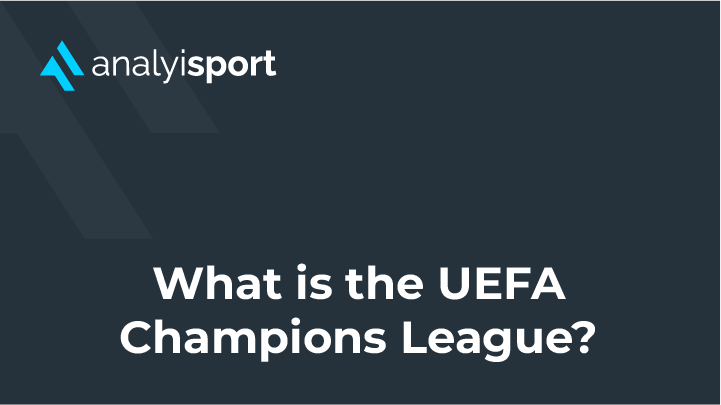Who Are Football’s Star Data Analysts
Who Are Football’s Star Data Analysts?
Who are the first names that spring to mind when considering who is responsible for the recent success of Liverpool? Jürgen Klopp? Mo Salah? Ian Graham? Not many people are likely to name the latter. They may not be household names, but data experts are playing an increasingly crucial role in football. Behind the scenes, they are transforming the sport.
Most of the work of the data analyst is done away from the public gaze. Clubs are reluctant to share too much about their innovations in case they lose an advantage it might give them over their rivals. It is therefore harder to identify the successful analyst than it is to name the star players on the pitch or the manager who keeps winning in the dugout.
Out of this world of secrecy and hidden number crunching, a few names are starting to become better known due to their innovative work at successful clubs.
The work of Liverpool’s data department has been the subject of appreciative articles in The New York Times and one of the team has appeared on the BBC to explain his work as part of the prestigious Royal Institution Christmas Lectures. They have led the way, but the attempts by their rivals to catch up are also making waves. When Laurie Shaw joined the data science team at City Football Group, the owners of Manchester City, his appointment was reported across the British media from the BBC to the Daily Mail.
As the importance of data grows in football, some of the top analysts are starting to see their public profile grow too.
The Qualities of a Star Analyst
At the top level, clubs and data companies are collecting a huge amount of data from matches and training sessions. Every movement each player makes on the pitch is recorded via GPS tracking and multiple cameras. Every pass, shot and tackle can be scrutinised in detail from multiple angles. Sports analytics company Opta estimates that it records 2,000 pieces of data per match. These are events such as passes and shots. In addition to this, tracking cameras which monitor player movements record approximately 1.5 million data points per match. Multiply this by the thousands of matches played each season around the globe and the amount of data gathered is astronomical.
Just as there are thousands of data points gathered in each match, there are thousands of players whose data clubs have access to. Ian Graham, Director of Research at Liverpool, has revealed that the club have detailed data on hundreds of thousands of footballers. That is a lot of data to look through when searching for the club’s next signing: ‘Maybe only five percent of those would be anywhere near a Premier League level player. But that’s still 5,000 players, which is too big a set of players to scout everyone in depth and in detail.’
To make it useful for a football club, this great abundance of data requires analysing. ‘We’re definitely getting ever-increasing data sets just because of the upsurge in technology. But data is nothing without meaning,’ admits Sam Erith, Head of Sports Science at Manchester City.
Making the data meaningful is what the top analysts are doing. They work out which statistics are most relevant and create metrics which can calculate the likely outcome of complex passages of play. They help their club make the right signings, unearthing hidden gems based on a player’s stats. They are finding ways to improve the team’s tactics and help keep players fit throughout the season.
The data analysts who have been most successful in football aren’t just good with numbers. They have the creativity and insight to make the numbers meaningful.
Who Is Liverpool’s Ian Graham?
Liverpool are widely considered to be world-leaders when it comes to data analytics. Since the club’s takeover by the Fenway Sports Group in 2010, the club has adopted an emphasis on statistics that has long been part of sport in the USA but is relatively new to England.
Liverpool’s data department is led by Dr Ian Graham, who joined the Premier League club in 2012. In his time at the club, he has built a team of six full-time data experts who are using cutting edge science and technology to push the boundaries of what data analytics can do.
After the club won the Champions League in 2019 and then the Premier League in 2020, the data department began to receive a lot more attention from journalists and pundits. The success even led to the club’s methods being described as ‘Merseyball’, a pun on the Moneyball tag given to the Oakland Athletic’s use of statistical analysis in baseball. Graham, as Director of Research and head of the department, has taken the most credit.
Graham has not always worked in football. He originally intended a career in academia. After completing a PhD in theoretical physics at the University of Cambridge, he began a two-year post-doc, the next step on the academic career ladder, but he soon felt this career path was not right for him.
By chance, his partner came across a job advert from Decision Technology, a company which was originally founded to apply insights from behavioural psychology to commercial problems, but which had branched out into data and analytics. The firm were looking for someone to head their football research.
‘It wasn’t something I was looking to do, but when I saw the job advert I thought, “This would be a brilliant thing to try,”’ says Graham.
Graham joined Decision Technology in 2005 and ended up staying there for seven years. His work there included developing statistical models to predict football results and contributing research to the weekly Fink Tank column in The Times. He also provided consultancy work for Tottenham Hotspur’s Director of Football Damien Comolli, providing player analysis, recruitment advice and building a strong working relationship with the club’s Head of Performance Analysis, Michael Edwards.
Soon after the Fenway Sports Group bought Liverpool, Comolli joined the club as Director of Football. Michael Edwards quickly followed. It seemed only a matter of time until Graham went too. After failing to hire Decision Technology to work for Liverpool, due to the company’s existing obligations with Tottenham, Liverpool headhunted Graham.
After stumbling into football analytics whilst working in academia, he was now an important figure at one of the most famous and successful clubs in the history of the sport.
When it comes to recruitment, Graham appreciates that the data can highlight a player who might otherwise be overlooked. For him, ‘the sorts of players that I really like are players who shine through in the data, but don’t naturally shine through for your typical football fan or even your typical scout.’ He gives as an example Andy Robertson, the left-back signed from Hull City after their relegation from the Premier League, but who the statistics showed was a good player in a poor team.
In order to focus on the data, Graham avoids watching videos of potential signings. ‘I don’t like video,’ he has said. ‘It biases you.’
Others at the club do watch the potential recruits. The recommendations from the data team are an important part of the recruitment process, but they are only one part. Scouts still go to matches and the manager still gets a say. The data can uncover the potential signing, but before spending millions on a transfer fee, the club still uses all the methods available to ensure that the player is the right one.
The key metric that Graham uses to assess players is what he calls ‘goal probability added’. Graham has explained the basic principle behind it: ‘We try to take whatever action a player does on a pitch—whether it’s a pass or a shot or a tackle if you’re a defender—and ask the question, “What was this team’s chance of scoring a goal before this action happened?” And then, “What was this team’s chance of scoring a goal after that action happened?”’
As scoring goals is the most important part of the game, this metric makes the performance data more meaningful. For example, a player might have a high pass completion rate, but if that player is always playing conservative passes that help the team to keep possession but which never result in a scoring chance, then he might not be as valuable as a player whose pass completion rate is lower because he makes more risky passes which often result in a goal being scored.
Graham has praised manager Jürgen Klopp for his openness when it comes to data analytics and his willingness to make use of the work done by Graham and his team. However, things have not always gone smoothly. When the club needed a new striker, Graham helped draw up a list of the ten best strikers who were currently available. Mohamed Salah was top of the list. When Klopp first read the list, he demanded another one, claiming that none of the players were good enough.
Eventually, the club did sign Salah. His subsequent performances for Liverpool have been outstanding. Graham was proved right and Klopp was proved wrong. The striker has gone on to score more than one hundred goals for the club in just four seasons.
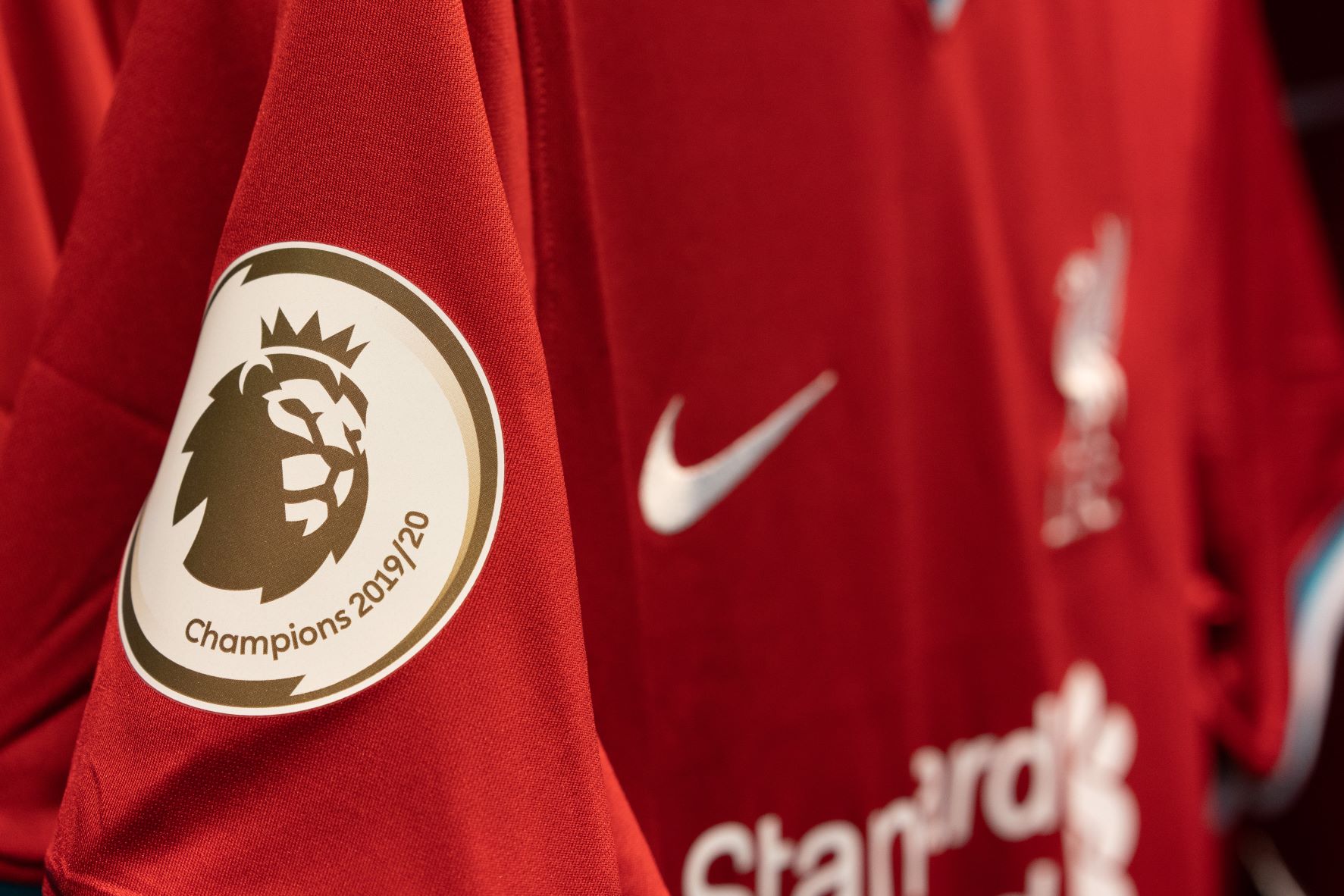
The People Working with Graham at Liverpool
Although Graham has the highest public profile, the data department at Liverpool has six full-time members. Working alongside Graham are William Spearman as Lead Data Scientist, Tim Waskett and Dafydd Steele who provide statistical research and Mark Stevenson and Mark Howlett who work as software engineers. Stevenson and Howlett concentrate on making sure the technology runs correctly. The first four are the ones who focus on analysing the data.
Like Graham, William Spearman started off as a scientist in academia before moving into football with a role at a sports analytics company, in his case Hudl. He has a PhD in particle physics from Harvard University and has worked on the Higgs Boson as part of CERN.
He joined Liverpool in 2018 and has quickly made a name for himself with his pitch control models and ability to quantify the creation of space on the football pitch, showing where the gaps in the defence are for attacking players to run into or where the spaces are where a midfielder can find time on the ball to make a decisive pass. These models are complex, using data about the positions and movement of every player on the pitch, but they are presented in maps of the pitch which make the data understandable for coaches and players.
Tim Waskett and Dafydd Steele both worked as quantitative analysts for EDF Energy before making the leap into football. On his LinkedIn page, Waskett has written ‘not at liberty to say’ next to employer and described his work as ‘Super secret stuff that one day I’ll be able to tell people about.’ Despite otherwise keeping a low profile, he gave a Royal Institution Christmas Lecture in 2019 in which he talked to the young audience about data analysis in football, showing how the data team map pitch control and goal probability.
The Next Star Data Analysts in Football
Liverpool’s data team are currently the undoubted stars, but Manchester City are doing their best to try to catch up. The club’s owners, City Football Group, are investing heavily in their data science team. Since Brian Prestidge was promoted to the role of Director of Insights and Decision Technology, a number of new faces have joined the data department, some of them with very formidable CVs.
Their most high-profile acquisition is Laurie Shaw, who joined the club in January 2021. His most recent role before joining City was as a Research Scientist and Lecturer in the Department of Statistics at Harvard University, focusing on spatiotemporal data in team sports. Before that he worked for the British Government as Head of Statistics and Model Development at the Treasury. He has also developed trading systems for a $30 billion hedge fund and has a PhD in Astrophysics from the University of Cambridge.
Shaw has written online about football, using data analysis on his EightyFivePoints blog to ‘explore interesting questions or statements, investigate some of football’s considerable store of “conventional wisdom” and generally see if I can find any new or interesting perspectives.’
This job will be his first in professional football. When his appointment was announced, the club declined a request from Bloomberg for an interview and would not comment on the exact details of Shaw’s role and what he would be working on.
Not all of City Football Group’s new data analysts have taught at Harvard. Chris Baker, who moved from his job as Player Recruitment Coordinator at Huddersfield Town to become City Football Group’s new Talent ID Coordinator in July 2020, has taught in a less prestigious environment. As recently as 2017 he worked at a school in Wakefield, West Yorkshire, teaching Physics to High School students.
Baker’s CV may not be as impressive as Shaw’s, but clearly the data department saw something in his work that made them think that he can contribute to their success. Clubs are currently willing to look in unusual places for talent and are hiring people with experience in a variety of different industries and fields.
One of the most surprising appointments in recent seasons has been Mikhail Zhilkin joining Arsenal. His appointment by the North London club marked the first time that the Russian has worked in football. His previous experience in data science was mostly for video games companies, including overseeing the launch of Candy Crush Soda and Candy Crush Jelly.
Clubs are clearly open to hiring expertise from outside football. Time will tell whether these newly appointed data analysts can help their clubs to match the success that Ian Graham and the data team have seen at Liverpool.
The Football Data Arms Race
Paul Conway, director of the Pacific Media Group which is involved in the ownership of several clubs around the world, including Barnsley, has described the recent spending spree by top clubs on data scientists as an arms race.
Conway anticipates that these statistical analysts are not going to be confined to the office. ‘We fully expect in the next few seasons—like it’s embraced in baseball—that these PhDs will also be on the pitch, in uniform and computer in hand, advising coaches on real-time match decisions,’ he has predicted.
Whether or not they do make it onto the touchline alongside the manager, the role played by data analysts is likely to continue to grow in importance. Those who have the talent to make the data meaningful and find a way to give their team an edge on the pitch, whether through tactical insight or player recruitment, are going to become better known to the average football fan. They may never be as famous as the top players and managers, and much of their work may remain secret, but there is sure to be much more heard about them in the coming years.
Image References:
charnsitr – stock.adobe.com
coward_lion – stock.adobe.com
Related Courses:
Share this article
Our Learning Pathways
AnalyiSport is for everyone who is passionate about analysis in football. Where are you in your development journey?
Become a Football Scout
As more clubs than ever look to build data into their recruitment process, an understanding of recruitment analysis is your ticket to success in the game.
Related Articles
Our team provides news and insights from the cutting edge of football analysis.
